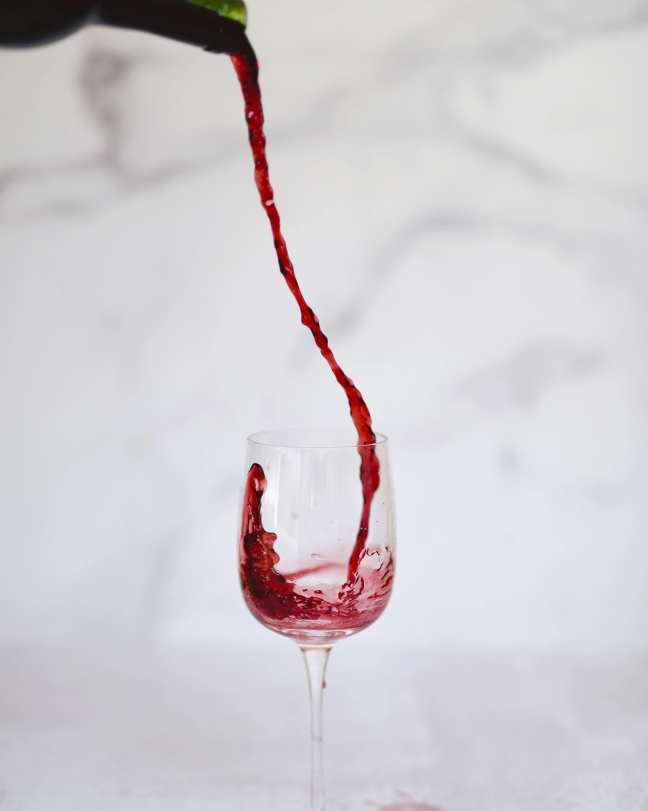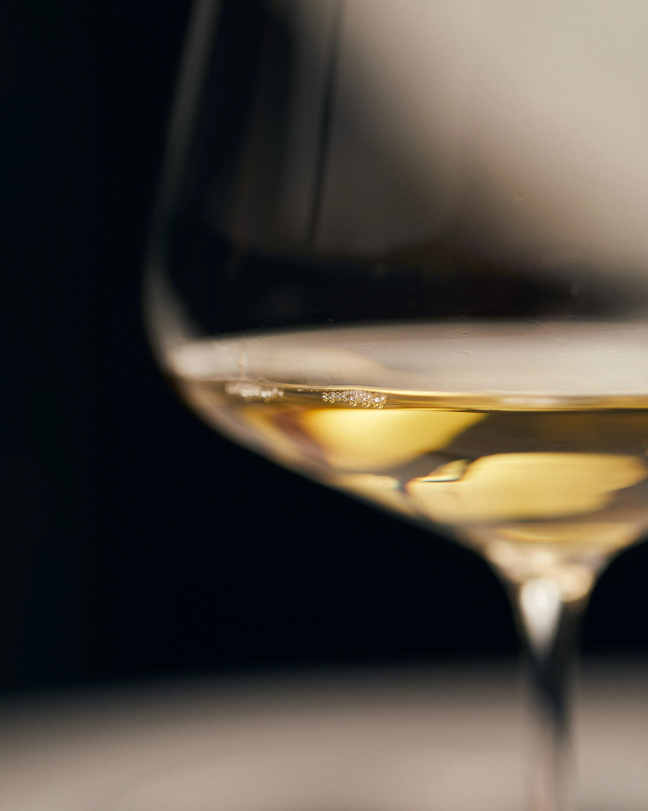When and how to decant a wine
The bottles that need it, those that don’t, and the apparatus to use when the moment calls…
The popular perception of a decanter is as a vessel into which a venerable old claret is slowly being poured, the bottleneck lit from below by a candle, a faded leather armchair and humidor ideally in the background. Such a practice serves to avoid any sediment, built up over years of maturing your classed-growth Bordeaux in your cellar, from reaching the glass – to this end, you stop pouring once the deposit reaches the neck. And though the process, in theory, serves a purpose, in reality it is fraught with danger – and is increasingly unnecessary.
Ageworthy red wines generally take at least a decade, often much more, to build up any of this sediment. Many never do. Either way, if you’re fortunate enough to have a 20-year-old Médoc first growth in your cellar (or, indeed, fortunate enough to have a cellar at all), the chance of a grain or two of this harmless deposit finding its way into your glass is the least of your concerns.

Image: Getty
Decanting a wine naturally brings it into contact with oxygen. And, in excess, oxygen is an enemy of wine – particularly older wines that, over time, lose their structure and power. As such, they are fragile and exposure to too much oxygen can quickly rob them of their subtle charm. Given that decanting older wines is done primarily for aesthetic purposes, it all comes with undue inherent risk and faff.
Minimising the exposure to oxygen means performing the ritual as close to when serving the wine as possible – not ideal when, at this stage, you’re likely also juggling plating and hosting duties. And don’t forget, any such wine most likely has an old, crumbly cork – itself a time-consuming challenge to extract – and, of course, you want to be able to taste the wine in good time beforehand to ensure it’s not corked.
As a consequence, on the rare occasions I serve such a wine, I don’t bother decanting. Instead, stand the bottle upright for 24 hours beforehand to allow any sediment to settle at the bottom. Then, an hour ahead of time, open it up to try it (and ensure it’s not corked) before pushing the cork back in and leaving the bottle upright again. After, when all the guests are seated, pour it slowly, straight from the bottle, giving yourself the final glass, and maybe using some sort of gauze if it looks like there might be any sediment at the bottom. Far easier.
Decanting younger, bolder, more tannic wines, on the other hand, makes a lot of sense. Aerating such wines brings out the positive effects of oxygen, allowing their full range of flavours to show themselves at an earlier stage than might otherwise be the case. It also softens their often raw, aggressive tannins, loosening the tightly coiled wine and allowing its full complexity to shine through.

But how to know which young wines to decant, and which not to? There are some general rules of thumb that can be adhered to, but, again, the key is all in the prep. By opening the wine early and trying it, you can gauge just how tight and tannic it is, and the amount of time it might need to unfurl.
I find that starry New World reds (big, bold Barossa shiraz or Napa cabernets, along with some Chilean and Argentinian cuvées – ‘icon wines’, as one may call them) often need the most air and can be decanted a few hours beforehand. Modern-style Barolo, Barbareso, Ribera del Duero and Rioja can also benefit from some – but less – airing, as can several burly Portuguese reds. And younger Rhône and Bordeaux reds of stellar pedigree will also soften and reveal hidden nuance with encouragement, though you probably only want to give them an hour or so. Red Burgundy, on the other hand, being a gentler soul, generally doesn’t need – or want – decanting.
As opposed to your precious 1982 Château Margaux, bigger, younger wines can take quite vigorous decanting. Pour them into your chosen vessel and give them a splash around along the way, then leave them to open up over a couple of hours or so. Or, if you want to give the wine some extra air – or if you don’t have a decanter that is particularly table-worthy – you can double-decant. Simply pour the wine into a large jug, move it about, and then pour it back into the original bottle, from whence you can serve it later on. As well as opening up the wine, this also helps in overcoming any stigma of pretension, which some still attach to the whole notion of having a decanter on the table at all.

On the flipside, wine sitting in a fine decanter in the middle of your gathering can elevate both it and the occasion, and makes a certain statement. It can also look rather beguiling – particularly with deeply coloured white wines. There aren’t many whites that you’d decant, but a young white Rhône or oaky chardonnay, especially from Burgundy, can often benefit from a bit of air.
The only remaining issue is which type of decanter to use. Personally, I find the simple model with narrow neck and wide base the easiest to handle (and clean!). There are plenty of more ornate versions you can find if looking to make an impression – Riedel is the king of these – but they become more and more ridiculous in both appearance and practicality the further you progress up the chain.
More important is having sufficiently large glasses into which you can pour a generous amount without filling them more than half (ideally only a third) full. That way, you allow the wine to continue to open up in the glass. Of course, like decanters, the choice of glassware is a whole other issue. I feel another column coming up…
Want more wine content? These are the bottles you should take to a dinner party…

Become a Gentleman’s Journal Member?
Like the Gentleman’s Journal? Why not join the Clubhouse, a special kind of private club where members receive offers and experiences from hand-picked, premium brands. You will also receive invites to exclusive events, the quarterly print magazine delivered directly to your door and your own membership card.


